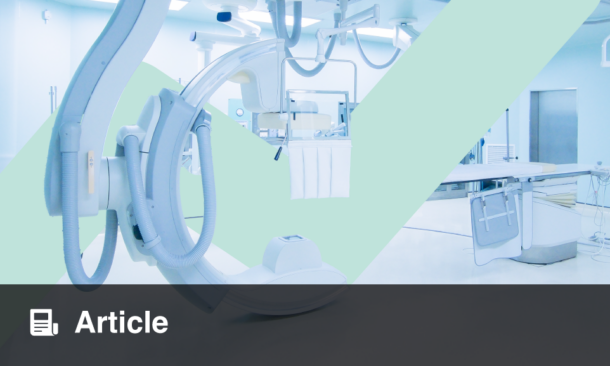PLUG-BASED vascular closure devices (P-VCDs) are associated with higher rates of minor vascular complications after transcatheter aortic valve implantation (TAVI) compared to suture-based devices (S-VCDs), according to a large propensity-matched analysis of the PULSE registry.
The PULSE registry retrospectively evaluated 10,120 consecutive TAVI patients from 10 centres between 2016 and 2021. Using propensity score matching, 900 P-VCD patients were compared to 1,800 S-VCD patients. Overall vascular complications were higher with P-VCDs (14.9% vs 10.3%, p<0.001), primarily driven by minor complications (11.3% vs 5.8%, p<0.001). Major complication rates were similar between groups (3.6% vs 4.6%, p=0.218). Bleeding was the most common complication (9.6% vs 7.2%, p=0.028), with P-VCD failure more often requiring endovascular treatment.
The median patient age was 81.8 years, with 46.4% being female. Despite hopes that plug-based devices would improve outcomes, this large real-world analysis suggests suture-based closure remains the preferred strategy for most TAVI patients. These findings have important implications for TAVI practice, suggesting clinicians should consider patient-specific factors when selecting closure devices. Centres may need to re-evaluate their default closure strategy, and further research is needed to identify subgroups that may benefit from P-VCDs. Improved techniques for P-VCD deployment may help reduce minor complications.
While P-VCDs offer theoretical advantages, their higher complication rates highlight the need for careful patient selection and operator experience to optimize outcomes in TAVI procedures. This study underscores the importance of continuous evaluation of new technologies in real-world settings to ensure optimal patient care.
Reference
Grundmann D et al. A propensity-matched comparison of plug-versus suture-based vascular closure after TAVI. EuroIntervention: journal of EuroPCR in collaboration with the Working Group on Interventional Cardiology of the European Society of Cardiology. 2025;21(5):e272-81.








